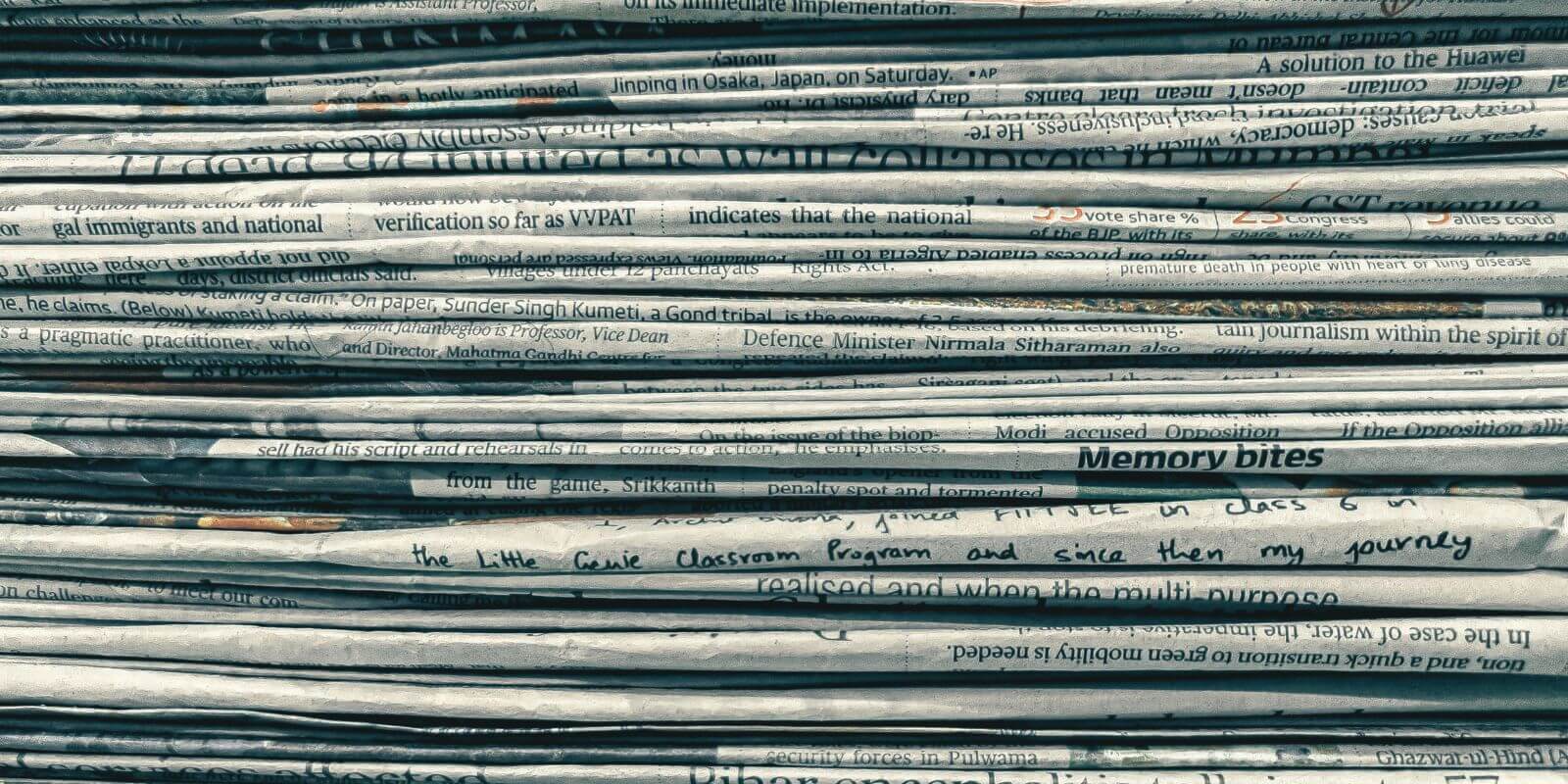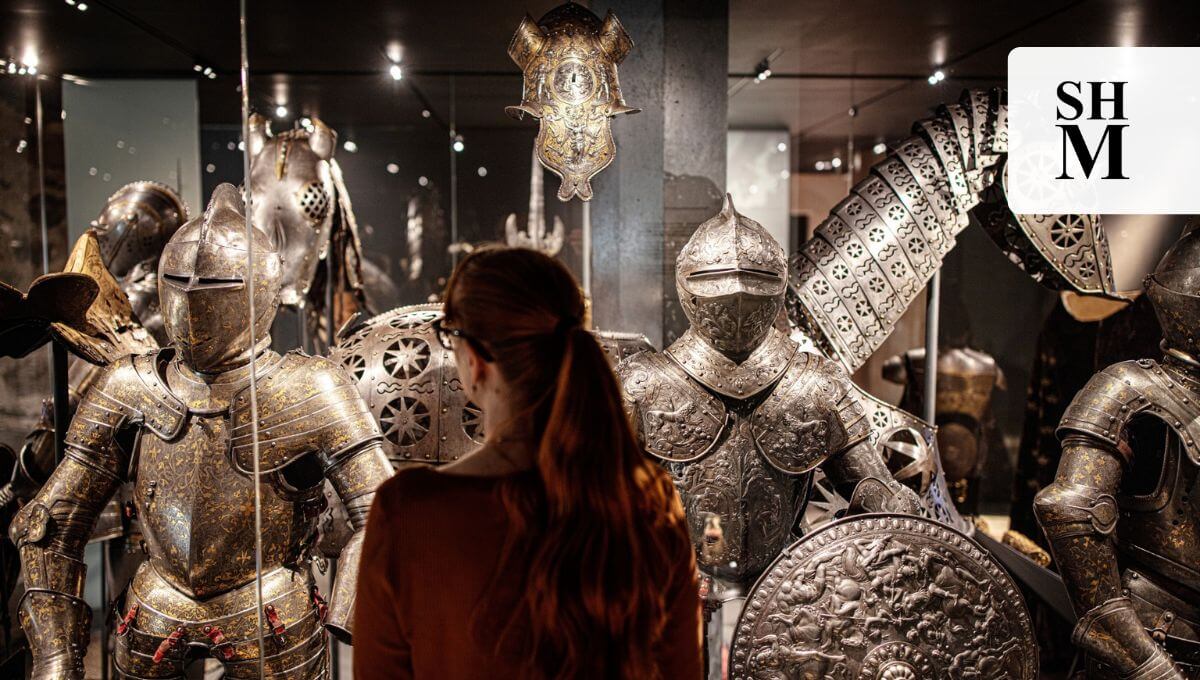
"Besökare i Livrustkammarens basutställning" © Jens Mohr (Licensed under CC BY 4.0)
The National Historical Museums of Sweden (Statens Historiska Museer) is a collaborative agency comprising seven museums (The Hallwyl Museum, The Swedish History Museum, Economy Museum, The Royal Armoury, Skokloster Castle, Tumba Paper Mill Museum, and Swedish Holocaust Museum) tasked with promoting the knowledge of - and interest in - Swedish history, as well as preserving cultural heritage.
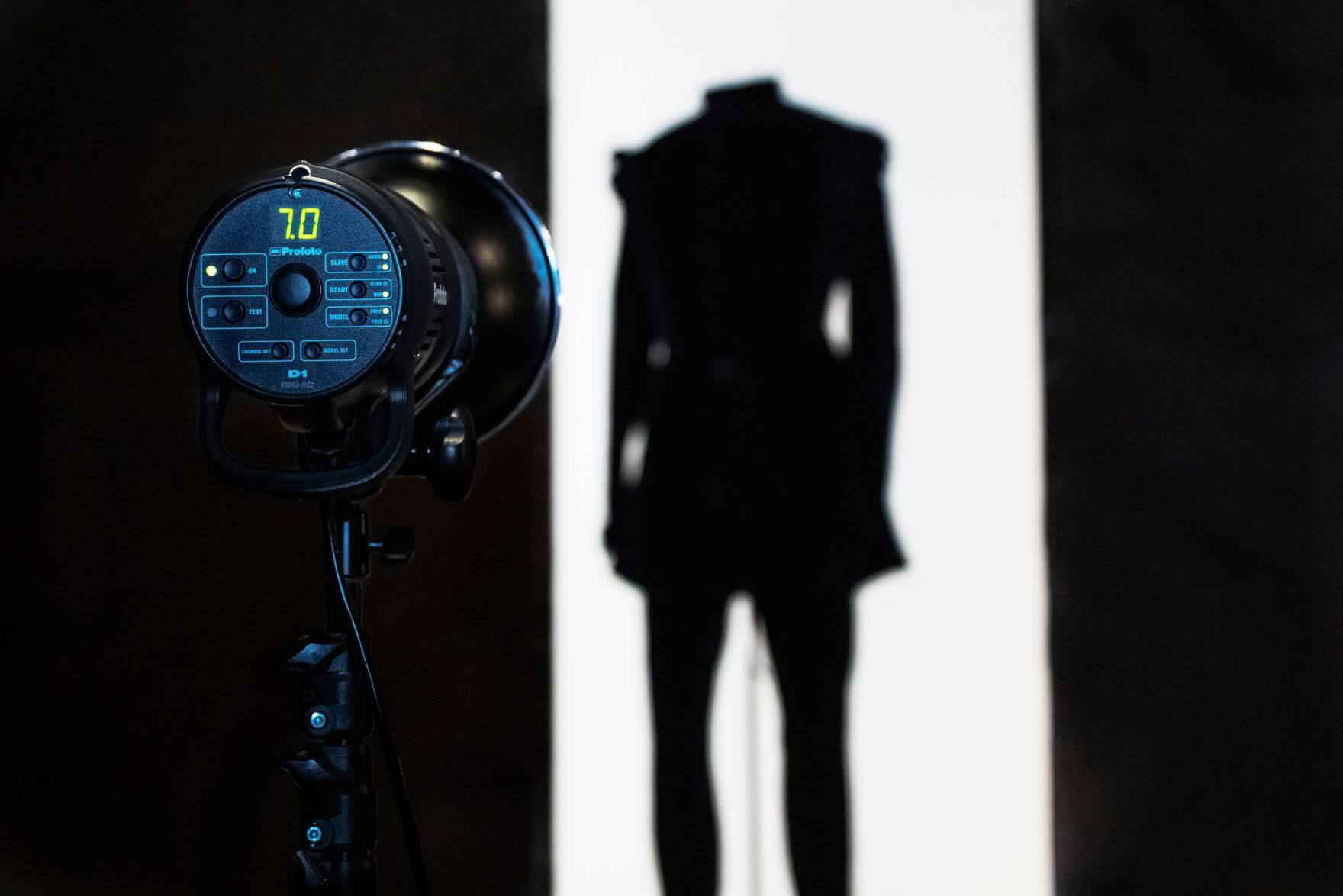
With millions of digital assets stored and thousands flowing through the systems on a regular basis, the agency relies on effective content workflows to ensure control and enable comprehensive digital collections. While most files are photographs of the museums objects, the National Historical Museums also store other forms of content, ranging from films and marketing materials to pdf’s, historical images, and event imagery, resulting in the need for a flexible solution to cover various use cases and needs.
In this article, we’ll explore how they use Digital Asset Management (DAM) to efficiently store, manage, and distribute their massive collections of content items - ensuring smooth and scalable workflows.
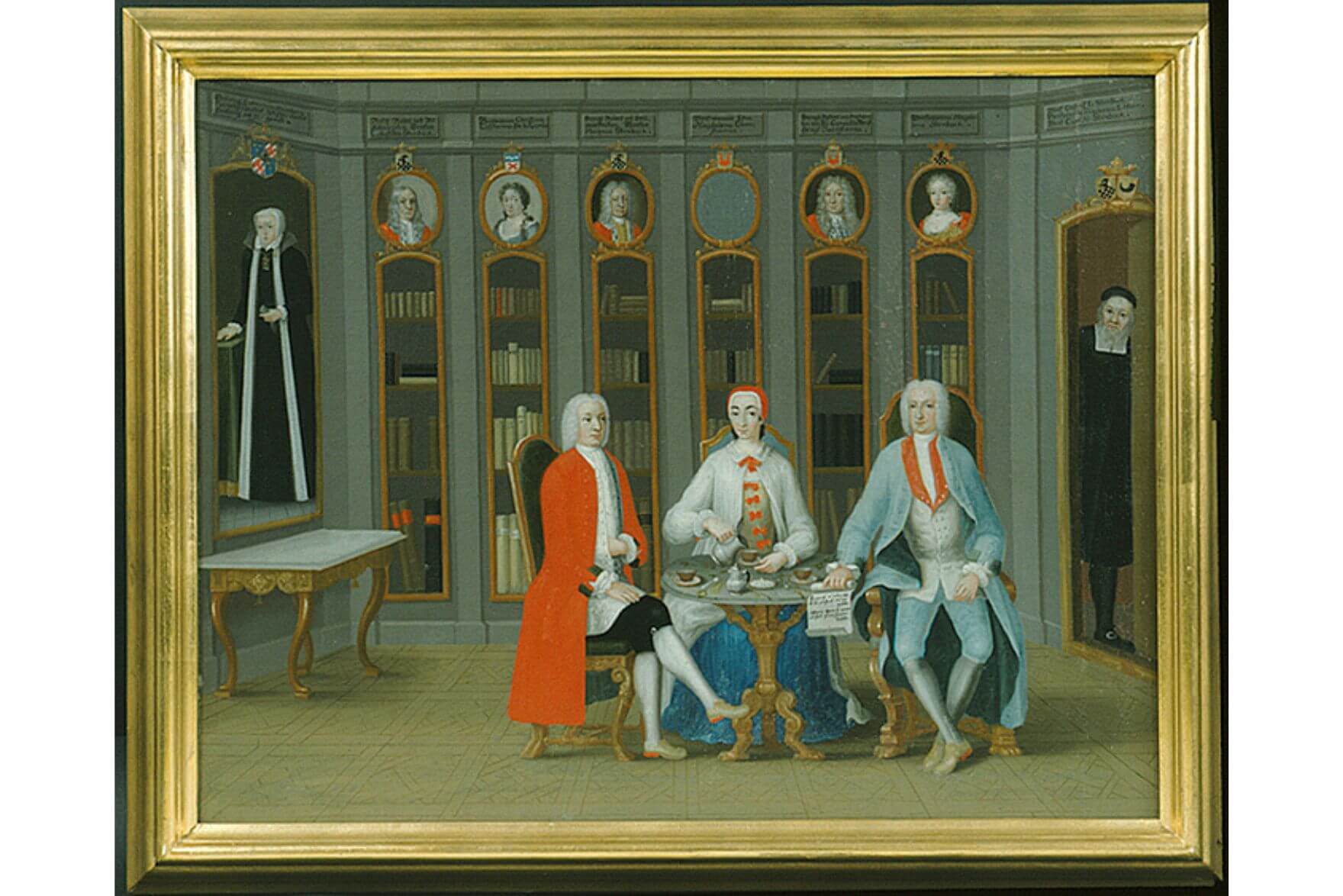
Making every asset searchable
By storing digital assets in one central platform, the Historical Museums can ensure a single source of truth across their collections, making every content item easily searchable and avoiding duplicates.
Since the system is based on metadata, it allows for a flexible and user-friendly setup, enhancing the discoverability of every asset. Users of the system can search by intuitive keywords and filter their way through massive collections, finding the right file in seconds without having to ask around. This is particularly useful for people working with Marketing and Communications, as well as Curators and Archivists, who often need to access specific assets. Their use cases may vary, including everything from managing digital collections and exhibitions to locating the correct content items to use in campaigns or for PR purposes.
— “Taking care of and handling the museums objects is a core mission of the agency and thus also the biggest part of the current DAM system. Around 80% of all assets consist of object documentation, i.e. images of objects in the various museums’ collections. Thus, it is very important to make these assets accessible to our colleagues in a straightforward and simple manner.“
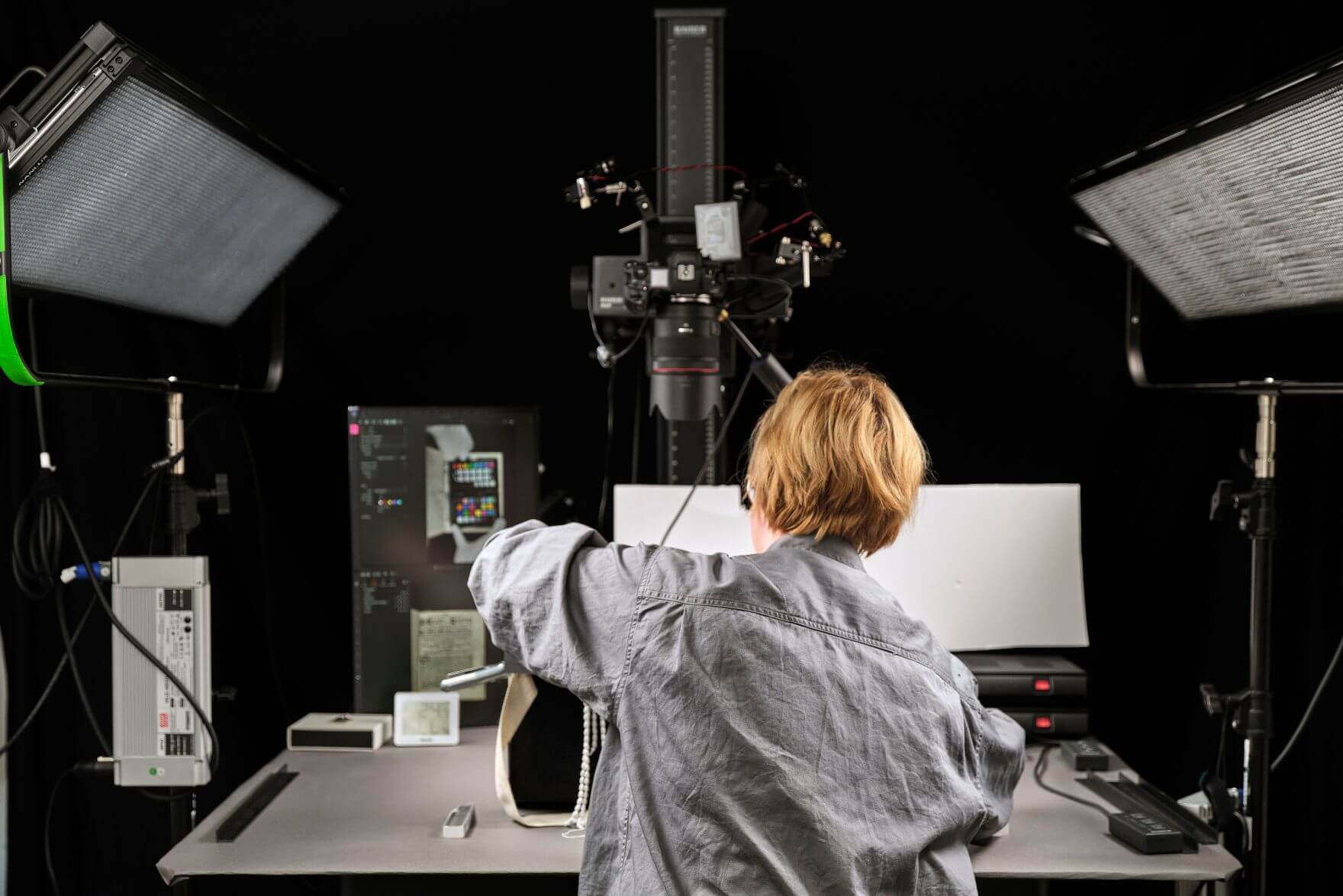
The process of adding and adjusting metadata is partly automized through metadata-driven workflows and datasets, which have been specifically tailored to the agency’s needs. By taking advantage of the image management tool, FotoStation, photo archivists at the Historical Museums can stack multiple actions, enabling efficient metadata corrections. The tool also allows for linked keyword-lists, which enable relational metadata structures, minimizing the task of tagging assets with updated information.
LEARN MORE: How to leverage AI for Digital Asset Management
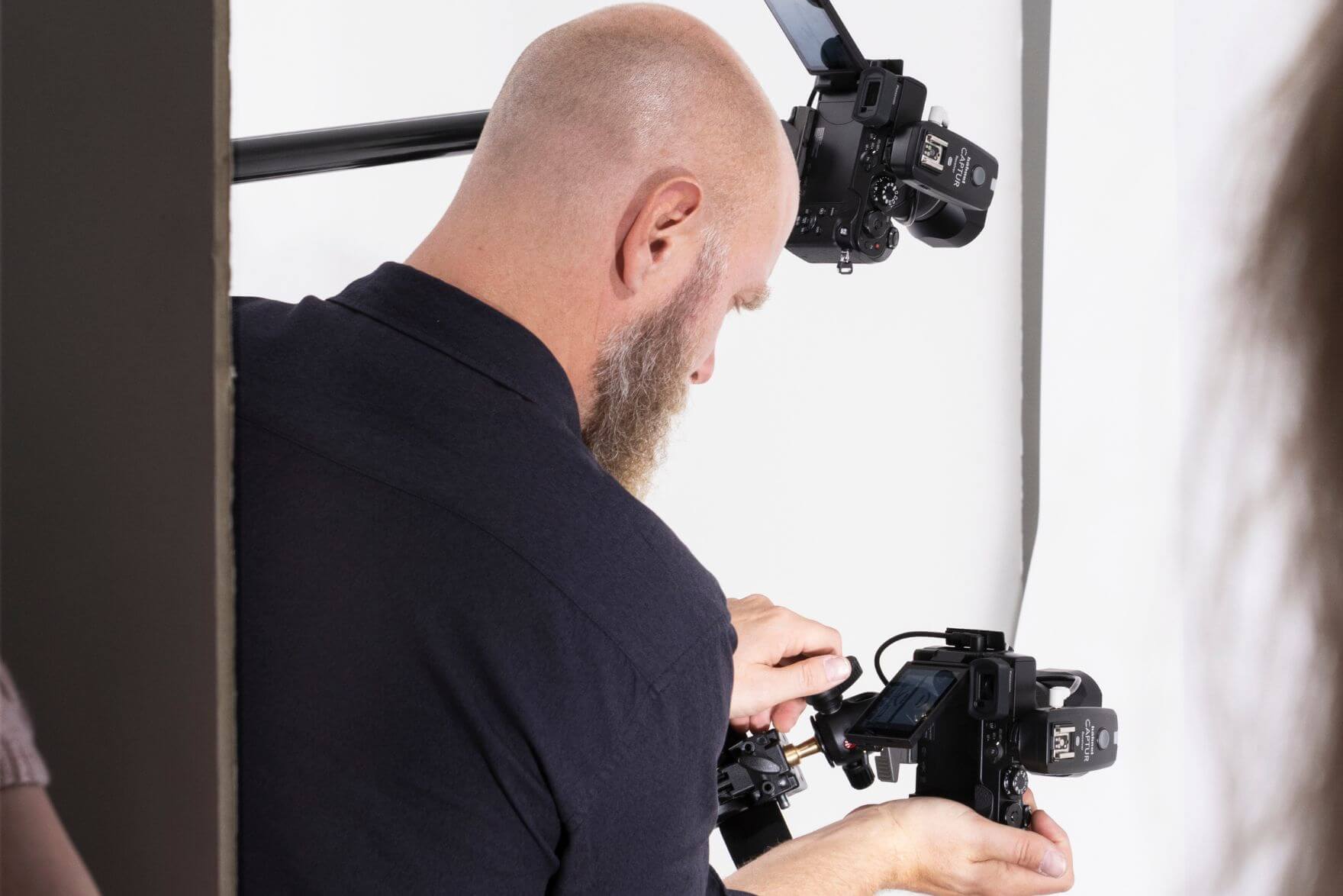
Collaboration across museums
Having one solution for seven museums is an efficient way of fostering seamless collaboration. However, it requires a strict setup and a single source of truth across the institutions to ensure control and efficiency. With Fotoware, the National Historical Museums of Sweden can ensure that all assets are available—and easy to locate—in one central place. This allows everyone to collaborate more easily and offers stakeholders a central place to look for specific content items.
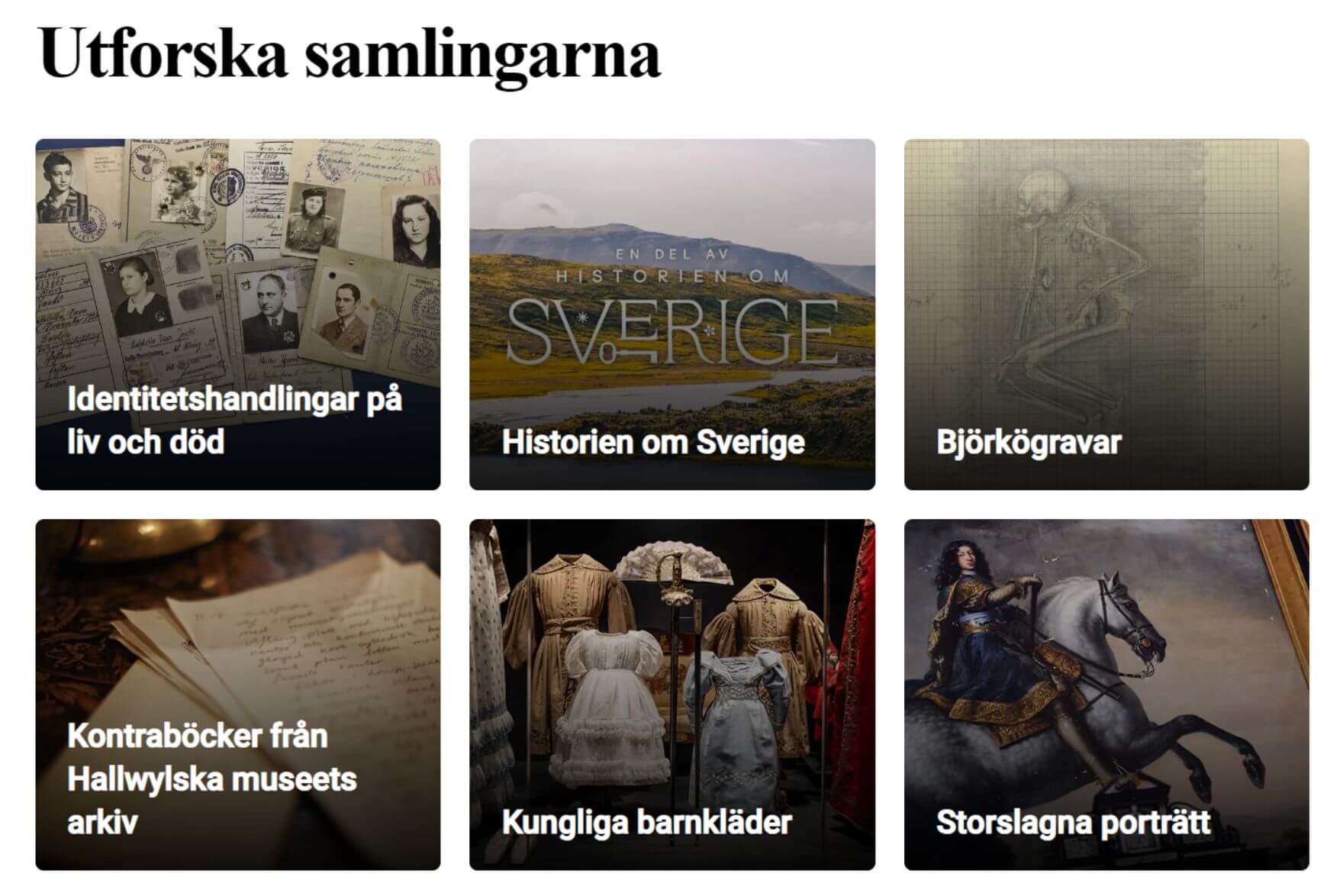
Keeping track of licenses
When new assets are uploaded to the Fotoware DAM solution, they are through automated macros enriched with metadata before finally being reviewed by an administrator, who may add additional metadata before archiving the assets. As a part of this process, the Historical Museums can ensure that every asset is properly tagged with the right licenses and that this data is easily available to all stakeholders.
Licenses and image rights are highly important to the agency since certain types of photos may be in the public domain while others aren’t. By effectively using the DAM system, they can easily tag files with the correct information, ensuring that the assets are accessible to the right people for the right purposes.
READ MORE: Interactive markers and workflow automation at Queensland Museum
An integrated suite
While the Fotoware DAM serves as the core of the content ecosystem, other types of software are also used to showcase historical pieces and communicate the agency’s efforts effectively. For this reason, the National Historical Museums take advantage of Fotoware’s open API to connect the systems and allow data and files to flow across different platforms effectively.
Amongst such integrations is one with the Collection Management System (CMS) which allows for automatic metadata synchronization and delivers to other online platforms for sharing cultural heritage. Another example is the built-in plugin for Microsoft Office, which is useful when creating presentations.
READ MORE: How the White House Historical Association increased revenue generation with DAM
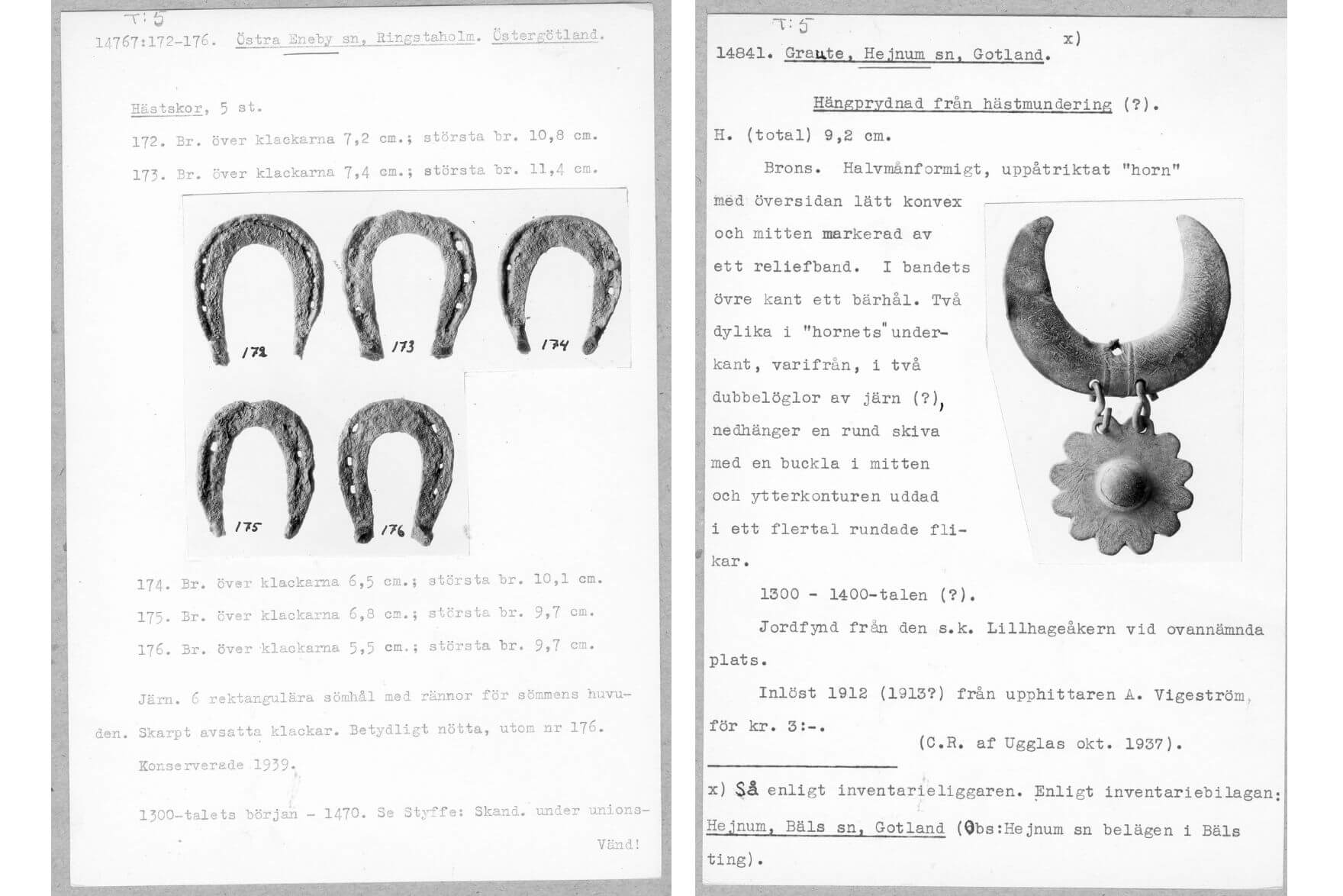
Preserving cultural heritage
In the realm of Galleries, Libraries, Archives, and Museums (GLAMs), content is key, and a great amount of it is usually stored across systems, platforms, and physical locations. In order to handle them securely and sustainably, it’s crucial to invest in scalable systems that are configurable and with a potential for advanced automation.
— “Our DAM system is an important part in the digitization flow of the museums, helping with everything from automation of new assets to distribution of assets to external parties.”
For the National Historical Museums of Sweden, it’s been essential to enable systems that support their mission of preserving cultural heritage and distributing historical information to the public. With the Fotoware DAM at its center, they’ve built a content ecosystem enabling entire collections of assets to be easily accessible, as well as ensuring a structured database for all their digital assets, where thousands of historical content pieces can be securely managed.
LEARN MORE: Beyond digitization: How DAM helps Museums manage their collections
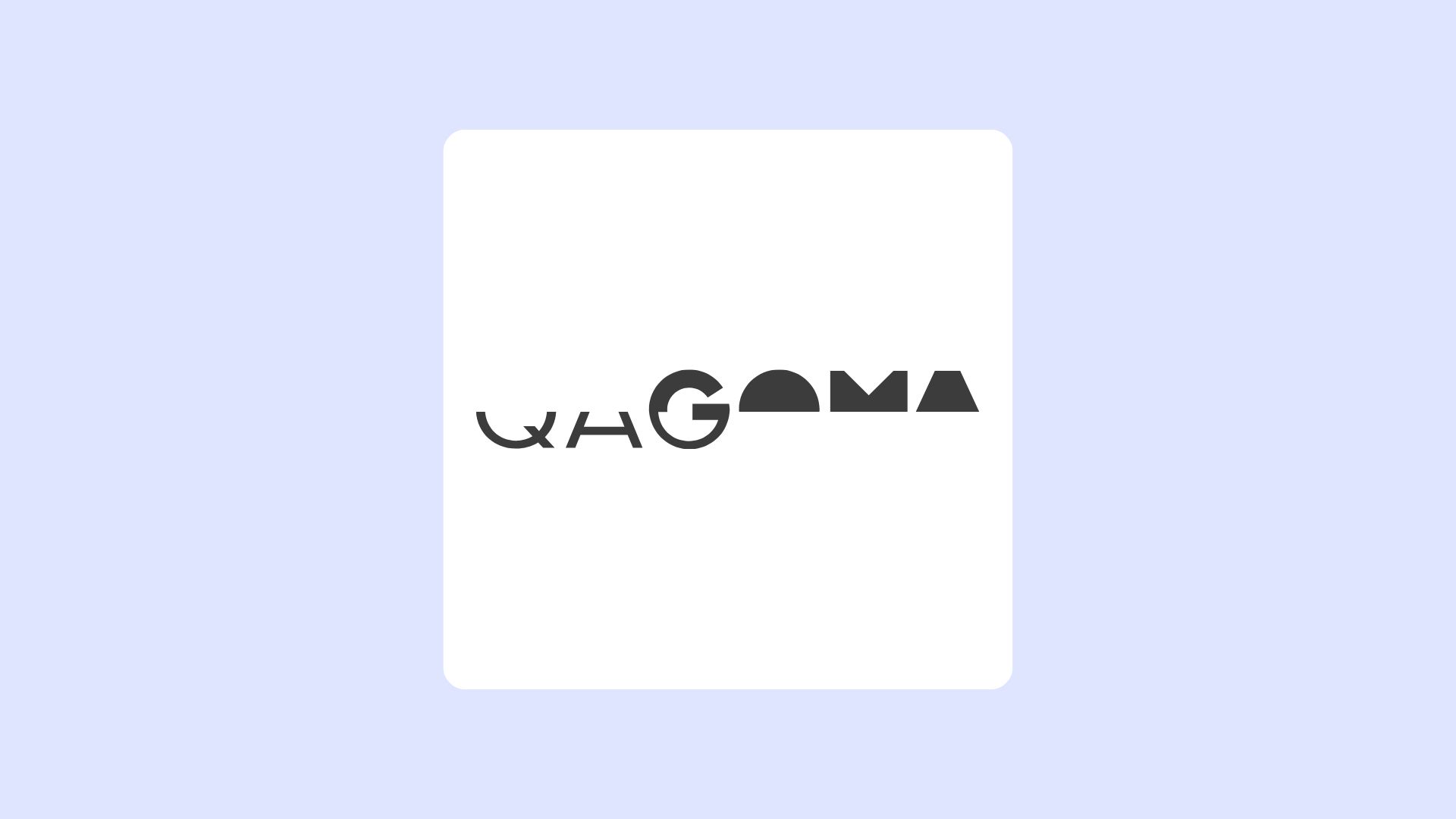
On-demand webinar
Learn how museums can streamline digital image workflows from the Queensland Art Gallery | Gallery of Modern Art.

